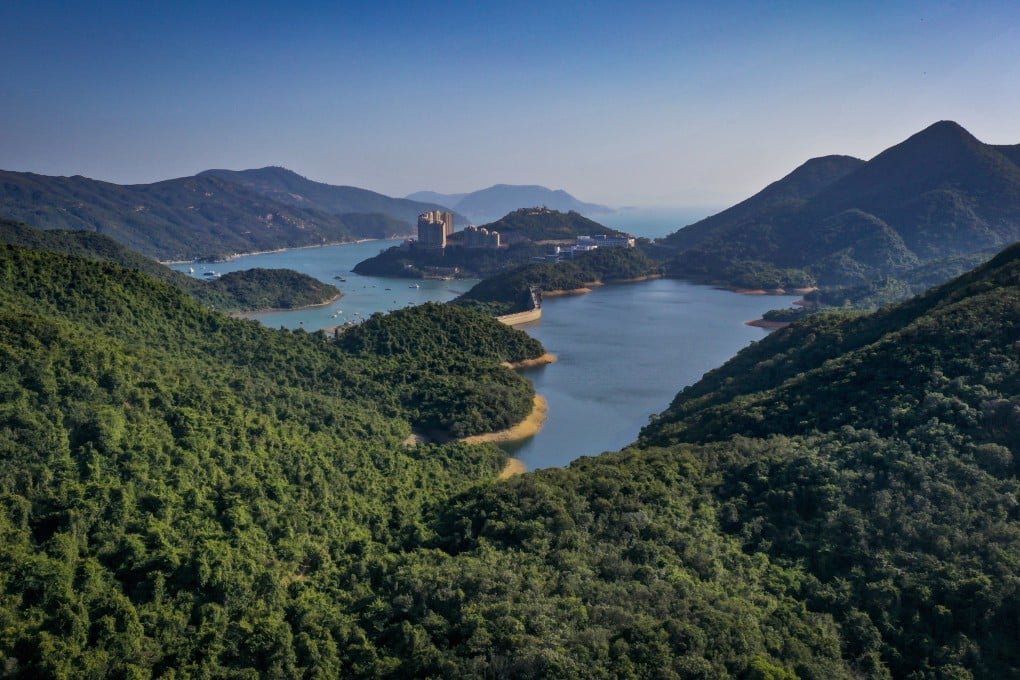Forests expand in Hong Kong, but they lack diversity – researchers are looking at how to make them more hospitable to native wildlife
- Hong Kong’s forests have been repeatedly cleared, but each time they grow back; however, they lack the species diversity needed to nurture native wildlife
- An experiment by Kadoorie Farm and Botanic Garden aims to change that by seeing what steps are required for a wider range of trees and forest plants to grow

Over the centuries, Hong Kong’s lush subtropical woodlands have been burned, accidentally and deliberately – cut down for fuel, slashed to make way for agriculture, flattened by typhoons, replanted to stabilise hillsides, cut down to make way for development, devastated by insect plagues and replanted again.
Whatever happens, they keep coming back.
Now the tracts of green trees that blanket mountains and valleys are spreading naturally, making Hong Kong one of the few largely urban places in the world where forests are taking back territory. And every weekend, Hongkongers take off into the countryside, walking among the trees, hiking, birding, photographing, picnicking, relaxing, and enjoying the green world.
“Yes, the forest is creeping back,” says Zhang Jinlong, a senior plant ecologist at the Kadoorie Farm and Botanic Garden in Tai Po, in the New Territories. “It’s quite amazing actually.” But species diversity is not necessarily coming back at the same time, he adds. “Although it looks very green, the diversity could be very low.”

This forest regrowth lacks the range of plant species of different sizes needed to nurture a wide variety of native animals and insects. Often extremely dense, dark and scrubby, much of Hong Kong’s forest – which is almost entirely secondary forest – lacks the different layers found in untouched primary woodland.
Generally more open, old-growth forest has a variety of levels, from tall trees, to smaller trees, to shrubs and saplings, to mosses and grasses. Hong Kong’s chequered environmental history means there is almost no remnant old-growth forest left.
